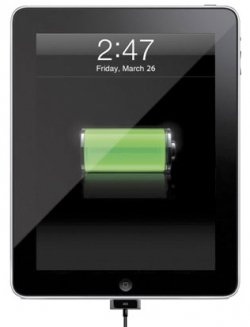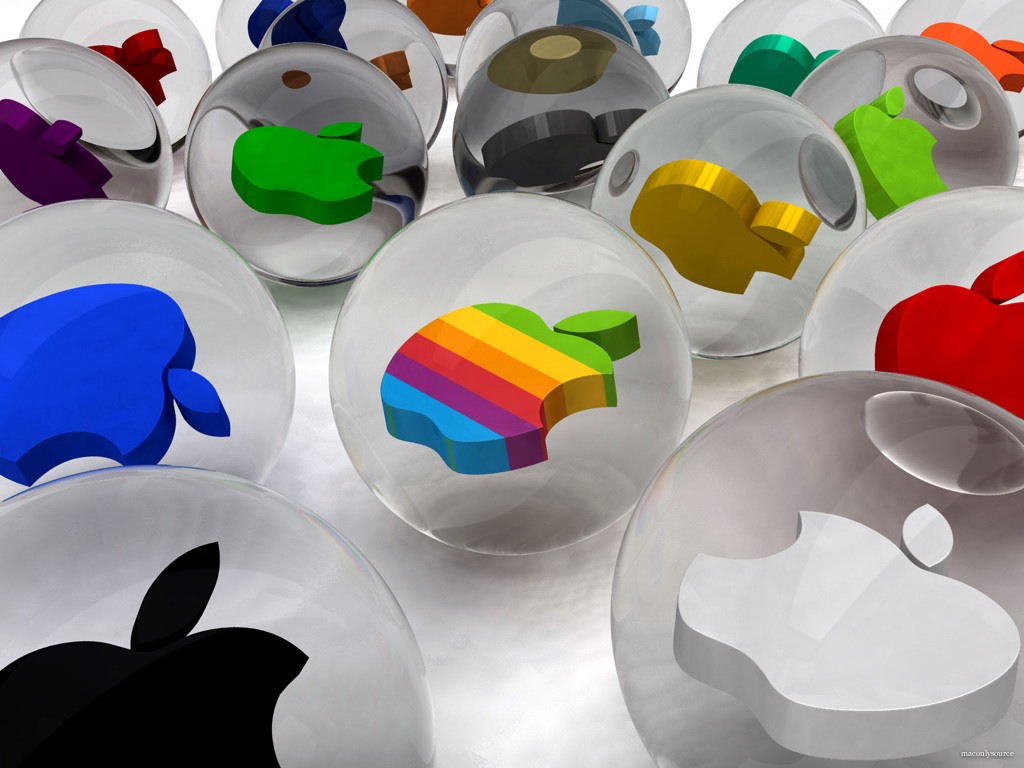The Next Web asks an interesting question in this article titled “As Apple’s smartphone sales boom, should its rivals release fewer handsets?”
As I pointed out in my article “Why it matters that Apple is the number 1 smart phone maker,” Apple only needs one product each year to dominate the smart phone market. They are the only company that takes this approach. Every other smart phone manufacturer releases a plethora of handsets each year, many of them based on Android.
Arguably this massive amount of handset choice is one of the leading reasons Android has such a large market share. The interesting question TNW brings up is whether or not Apple’s strategy of one handset each year is a better strategy for each manufacturer.
For Apple they focus all their research, design, engineering, hardware, software, and services teams on just one product. The result is the single best selling handset year after year.
There are rumors that Apple may fragment the iPhone line and offer different priced options but for that we will have to wait and see. Even if Apple did that it would still be the iPhone brand.
The challenge Android has, which TNW brings up, is the Android brand – more specifically the Droid brand. This brand did wonders for Android in the very beginning as Motorola and Verizon spent millions of dollars marketing the Droid brand. Now however it is unclear to the end consumer what devices are “Droids” and which ones aren’t.
On top of the Droid brand we have manufacturers launching products with random names all the time. The Bionic, Sensation, Revoluion, Captivate, Status, Thrill, Photon, Triumph, and XPRT to name a few of the most recent. You have to be a gadget freak or gadget blogger to know what the difference between all those devices I just listed are and those are only half of the Android devices released since January of this year.
Putting yourself in the consumers shoes and trying to research and make a decision on which Android phone to buy could be daunting. I pointed out in a column I wrote for SlashGear earlier in the year that too much choice can be paralyzing for many consumers.
This is why the iPhone strategy has been so brilliant. It simplifies the decision making progress but is also arguably the best handset on the market as evidenced by huge sales. Apple’s less complicated product strategy and laser focus on making THE best handset is paying off.
The biggest benefit I can see for iPhone competitors to release less handsets each year would be that those competitors could pour more resources into fewer designs. The result I would assume would be better smart phones.
Personally I would love to see what a company like HTC, Motorola or Samsung could do if they poured all of their resources into one single device to try and take on the iPhone.
The problem is I don’t think they will do it.
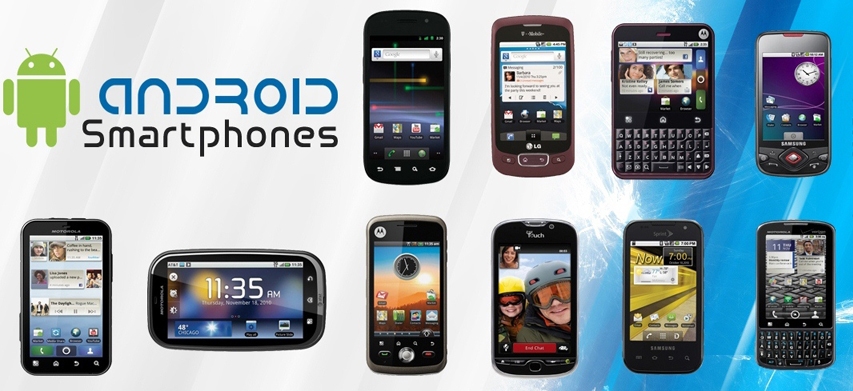
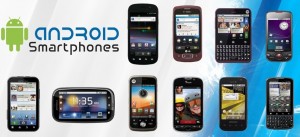



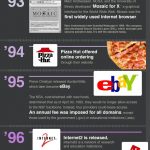 Click here to see the full image.
Click here to see the full image.







